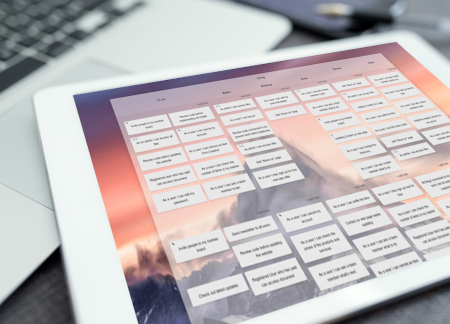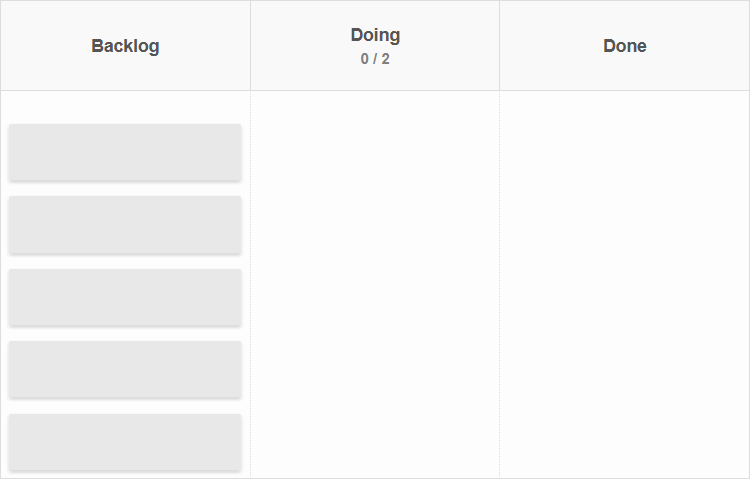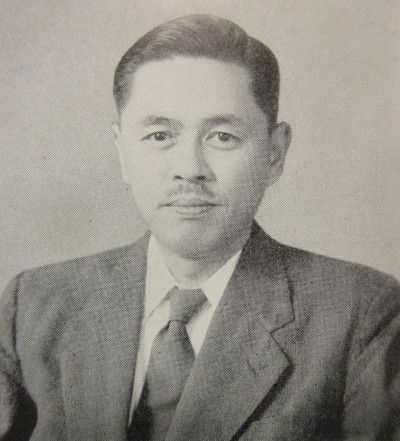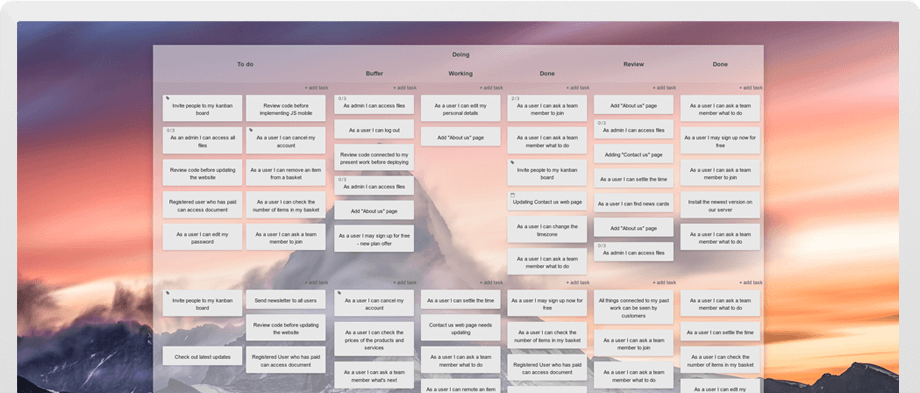How to Implement Kanban?
Getting started with Kanban does not demand drastic changes—you can continue running the process flow you already have, but map it out on a visual board with WIP limits. The method's low initial requirements are part of the reason for its popularity; for as long as you can define the steps in your process, you can apply Kanban to virtually any kind of work and make incremental changes to it as you go. However, to fully leverage Kanban's strengths, it will be vital to steadily apply all of its elements to your process with time.
Step 1: Visualize the Workflow
To facilitate comprehensive understanding of the process: its stages, involved stakeholders, and individual tasks, all relevant information is presented on a visual Kanban board, accessible to every team member to reduce unnecessary communication. Transparency is paramount, achieved by breaking down tasks into small, actionable units and processing them step-by-step to enhance prioritization. This approach effectively mitigates the perception of urgency often associated with a bulk presentation of assignments.
Step 2: Limit Work-in-Progress
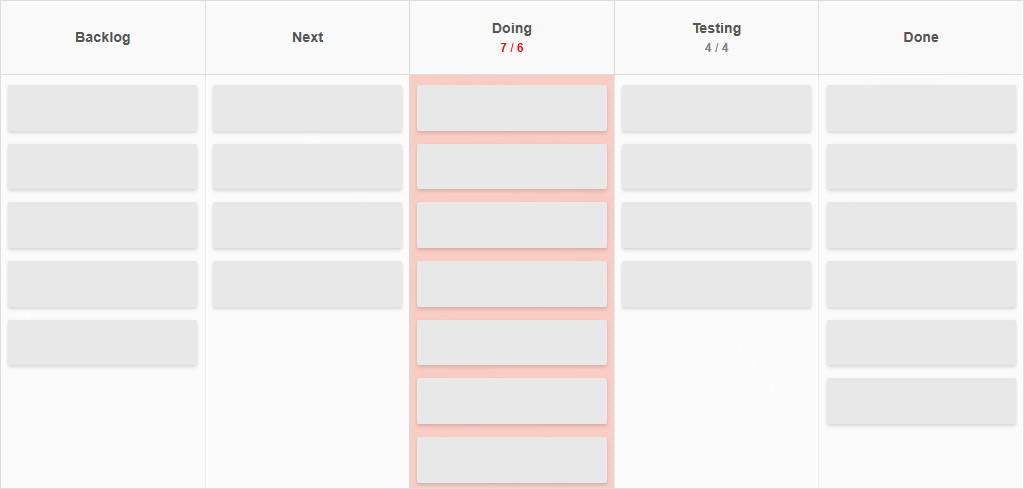
Ebracing Work in Progress (WIP) limits is pivotal, as it constrains the maximum number of simultaneously undertaken tasks. This constraint naturally boosts the completion rate, as new tasks cannot commence until ongoing ones are concluded. WIP limits can be established for individual employees or the entire process, encompassing the whole Kanban board. Generally, a lower limit leads to greater efficiency, with a widely accepted guideline of restricting each individual to no more than three concurrent tasks. Exceeding these limits may serve as an early warning signal, indicating potential performance issues or bottlenecks, including insufficient data or delays caused by preceding stages in the process. The rationale behind WIP limits lies in eliminating distractions, multitasking, and the associated context-switching, ultimately elevating overall team productivity.
Step 3: Manage the Flow
While visualizing work on a board is essential, monitoring how items move through the process is equally important. Vigilantly measuring the pace at which tasks progress through the system and pinpointing stages where unplanned interruptions or delays occur most frequently is vital. Identifying these weak points in the process can be addressed by assigning additional resources or reviewing the status at which items reach these critical stages. The outcome is a highly predictable flow of tasks, reinforcing adherence to stipulated delivery timelines. A crucial aspect of this practice is its role in fostering positive client relationships, as knowing what to anticipate from the process hinges on consistent observation, analysis, and an unwavering commitment to process enhancement.
Step 4: Eliminate Waste
Streamlining the process by eliminating redundant activities has a two-fold impact—enhancing process efficiency and bolstering profit margins. This strategic approach aligns with lean management principles, from which Kanban derives, emphasizing maximizing value delivered to the customer by minimizing waste and non-value-adding tasks. Central to lean management, stemming from the Toyota Production System, is the doctrine of avoiding waste, characterized as the "7 times no". The seven key waste categories in lean encompass transport, inventory, motion, waiting, overproduction, over-processing, and defects.
Step 5: Implement Explicit Process Policies
Maintaining fluid workflow and eliminating waste necessitate well-defined objectives at each process stage. Explicitly answering questions regarding when an item is ready to transition to the next step and when work items are considered completed is essential. The same applies to clarifying the points of contact and guidance on handling conflicting interests between parallel tasks. These policies should be consistent across various types or classes of work to avert issues that lead to rework, waste, and delays.
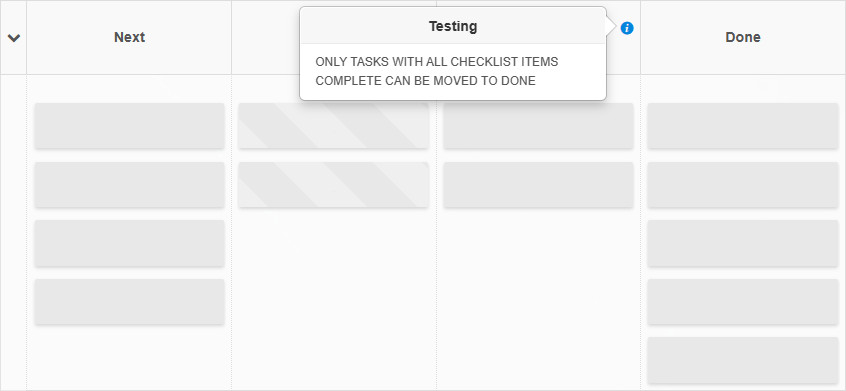
Step 6: Engage in Continuous Improvement
The perpetual pursuit of improvement is a hallmark of the Kanban method. The tools and elements provided by Kanban, including WIP limits, process visualization, policies, and metrics such as cumulative flow, lead time, and cycle time, facilitate the identification and resolution of inefficiencies. The ongoing refinement is achieved by adjusting the workflow rules, together with use of techniques like the Theory of Constraints or the Deming Cycle, as well as focus on reducing process variation to bring about gradual improvements.
